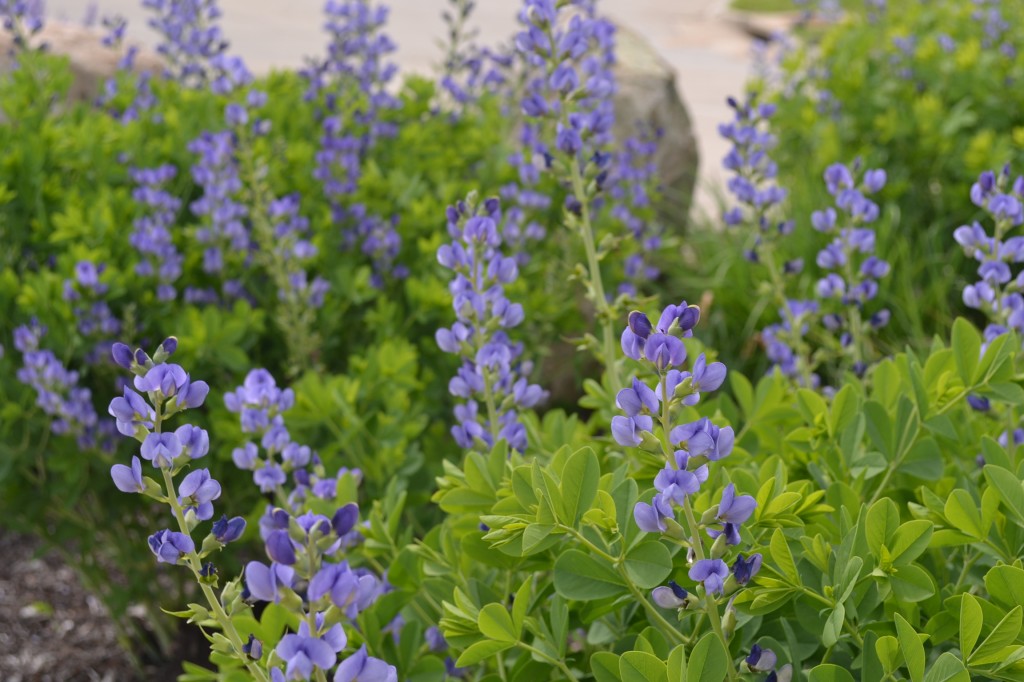Plant designation separates plant species into several different groups. The plant designation refers to the foliage found on the plant. The first type of plant is deciduous. Deciduous plants are leafy and shed their foliage in the fall. Trees and shrubs can both be deciduous. The second type of plant is conifer. Conifer plants refer to mostly needle-leafed and cone bearing plants. Conifer trees include many needle-leafed evergreen trees and shrubs. Broadleaf evergreens are plants that leaf out, but maintain their leaves throughout the winter months. The leaves on broadleaf evergreens may turn variations of their natural color before returning to their summer color in the spring. When dealing with flowering plants there are two categories that describe two distinct life cycles; annual and perennial. Annual plants will have a life span of one season. They will bloom throughout the summer and die out in the fall when frost hits. Perennial plants come up again every year. The perennial plant will die back in the fall when frost hits, but new growth will emerge in the spring.
Examples of specific plant designation.
- Dwarf burning bush
- Dwarf Korean lilac
- Hydrangea
- Spirea
- Wigelia
Deciduous Trees
- Swamp White Oak
- Sugar Maple
- Skyline Locust
- Prairie Fire Crab Apple
- River Birch
Conifer Shrubs
- Mugo Pine
- Arborvitae
- Birds Nest Spruce
- Dwarf Procumbens Juniper
- Mint Juniper
- Norway Spruce
- Colorado Spruce
- Black Hills Spruce
- White Pine
- Serbian Spruce
Broadleaf Evergreens
- Boxwood
- Rhododendron
- Holly
- Euonymus
Annual Flowers
- Petunia
- Begonia
- Marigold
- Zinnia
- Impatiens
- Day lily
- Sedum
- Coneflower
- Coreopsis
- Daisy
Proper understanding of plant designation can be a useful tool when considering what plants to install in your landscape. Broadleaf evergreens work well in the summer and give you some color in the winter. The leafiness of the plant makes it more warm and welcoming to landscapes. Deciduous plants on the other hand are great because they shed their leaves in the fall. A lot of times with deciduous plants you will get extraordinary foliage color in the fall. The other good thing is that deciduous plants form new growth in the spring. If the foliage was damaged in the summer due to insect damage, harsh weather or chemical damage, new foliage will emerge in the spring. Conifers are great for their winter look contrasting their color against white snow. Their consistent foliage allows them to provide privacy all year-long.

